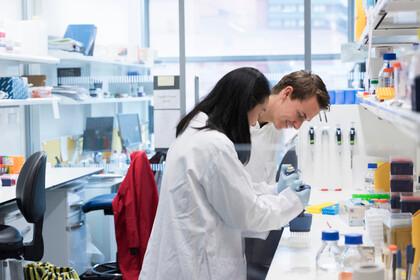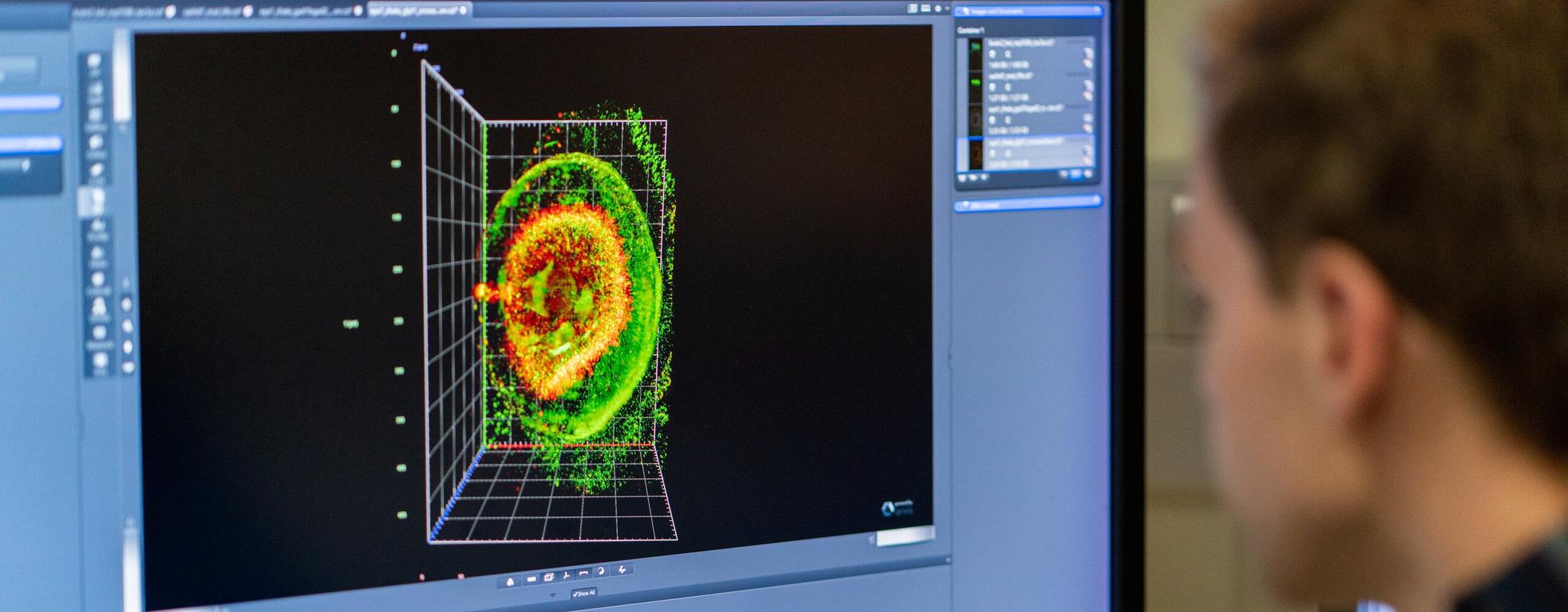
Scaling up connectomics
Connectomes are maps of the brain’s cells and the connections between them. Researchers can use these maps to inform their studies because they provide a reference of how the brain is wired up. Importantly, they provide a starting point in understanding how this wiring changes in disease.
While connectomes are valuable to researchers interested in many different questions, they are very time consuming, technically challenging and expensive to produce. And, as the size of connectomes grow with demands of research, so do the challenges in creating, curating, storing and sharing the connectome.
This report brings together the literature, evidence and opinions from key thought leaders to help create a plan for delivering an electron microscopic-resolution connectome of a full mouse brain.
What’s inside
- An overview of connectomics, together with a value proposition on how connectomes can advance our understanding of health and disease
- A landscape and gap analysis of connectomics pipelines
- Challenges for low- and middle-income countries
- Integrating connectomes and adding function to structure
- Extended impact of connectomics – the brain and beyond.
Who this is for
- Researchers interested in, or pursuing, connectomics research
- Software tool developers interested in building analysis pipelines for large-scale imaging datasets
- Bioimaging hardware developers interested in large-scale, high-resolution and multimodal imaging technology development
- Funders and policymakers building research portfolios in connectomics and large-scale image acquisition and processing.
Key Findings
The report provides five conclusions and recommendations for delivering a full electron microscopy-resolution mouse brain connectome:
- A whole mouse brain connectome would have a major impact on both basic and translational neuroscience. Targeted investment in key technologies and strategies across the connectomics pipeline are needed to de-risk the project and reduce uncertainty of costs and timelines.
- A whole mouse connectome should be a goal on a 10-15 year timeline, with accompanying efforts to develop a connectomics ecosystem.
- While there will probably only be a handful of centres worldwide that would image a whole mouse brain, later stages in the software pipeline could be much more distributed. Different modes of collaboration are needed for each.
- To maximise the benefit from a reference whole mouse connectome will require connectome generation for many smaller subvolumes of mouse brain. These will also need to have been subjected to correlative imaging of neuronal activity or molecular labelling.
- With today’s technology, the most resource-intensive step (in time and money) in generating a whole mouse connectome will still be the manual proofreading required to fix errors in the automatic reconstruction of neurons. Manual proofreading must be reduced from the ~100,000 person-years it might take today.
Downloads
Contact us
For more information, contact Matthew Brown, Technology Lead, at m.brown@wellcome.org.

